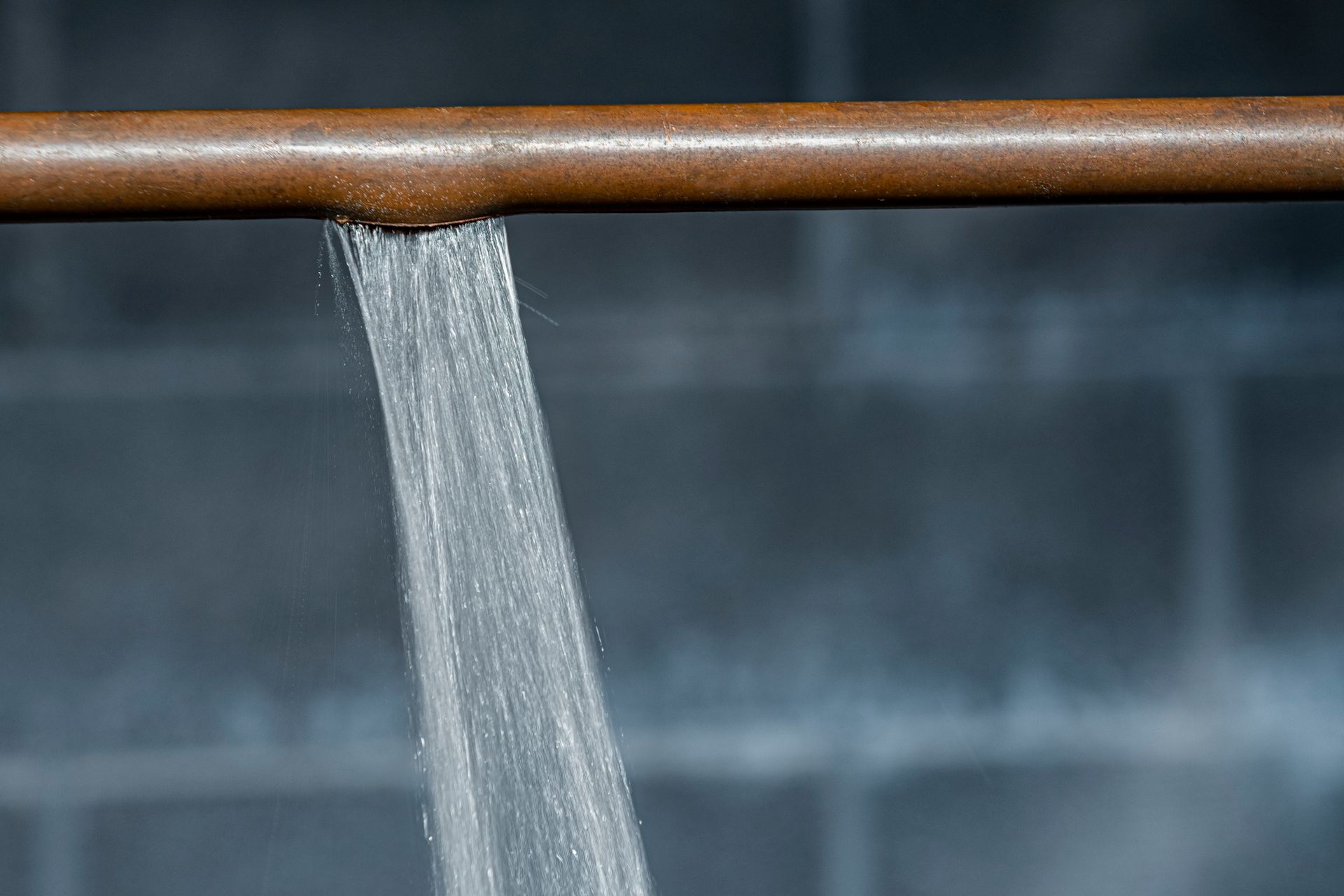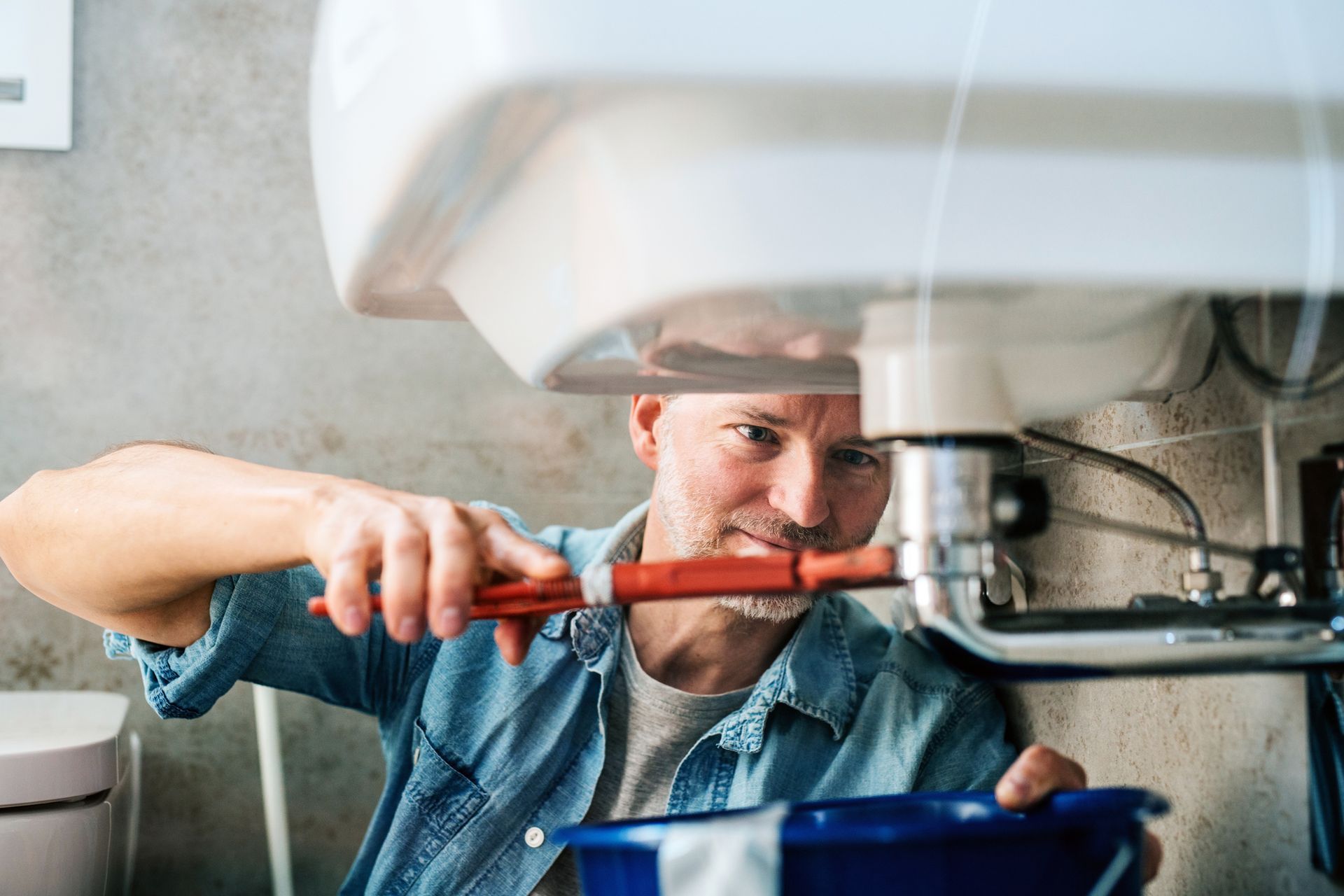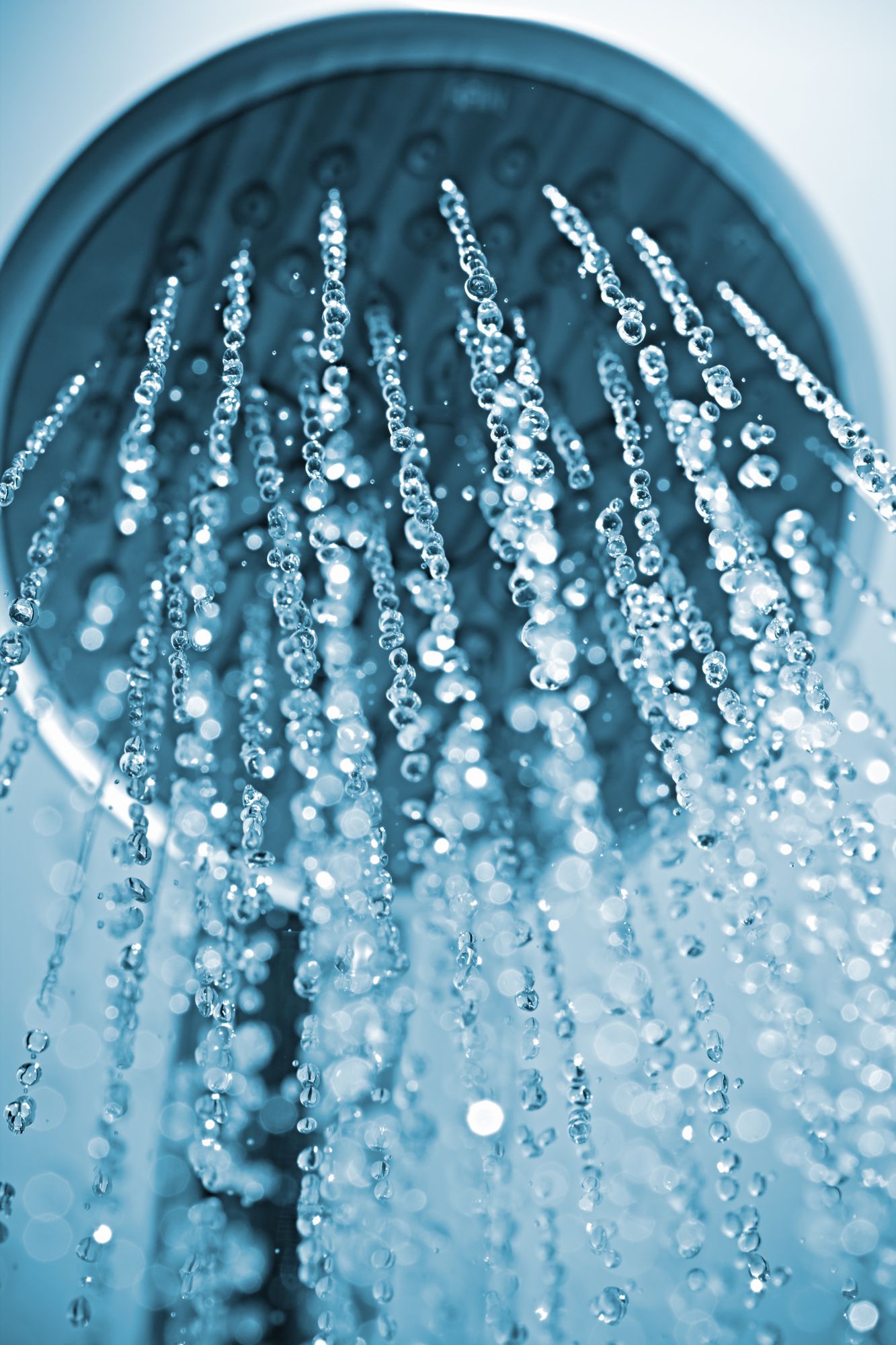7 Surprising Signs You Have a Plumbing Leak

Plumbing leaks can strike at any time. When they occur, many unexpected problems can arise. Often, these problems can seem unrelated to the home’s plumbing. If you know what to look for, you may be able to recognize the signs of a plumbing leak before the problem gets out of hand.
Mold
Mold prefers to grow on porous and organic surfaces and in rooms that are damp and warm. Plumbing leaks create the perfect environment for mold growth by increasing the humidity in the room and leaving walls, ceilings, or floors permanently damp. Mold takes just 24 to 48 hours to start growing, so even a relatively recent leak can cause mold to grow in the home. Often, mold is found growing on drywall, in the carpeting, on the ceiling, or on the floor.
Mold is easily recognizable because it tends to grow in circular formations. It can look fuzzy and soft or wet and slimy, depending on the circumstances. Mold is usually brown, black, red, gray, or green in color. If you find mold growing anywhere in your house, look for a water source.
Use a moisture meter to measure the moisture content of the surface the mold is growing on. If the surface itself seems to be dry, this could be a sign that the room is too humid, which could be the result of condensation instead of a leak.
Soft Spots
Plumbing leaks can cause wood to rot. As wood becomes rotten, it can also become soft. Soft spots usually occur after a plumbing leak has been going on for a long time, and are often the result of a slow leak, like a dripping, instead of a major leak, like a burst or broken pipe. Soft spots are often found either on the floor or on the wall in front of a leak.
Bubbling Paint
When a leak occurs behind a wall, the first thing that happens is that the drywall soaks it up like a sponge. Paint sitting on top of the drywall can be surprisingly elastic, so when the drywall hits its saturation point, the water will begin to pool around the wall, behind the paint.
When this happens, the paint will begin to stretch outward, forming a bubble. As the water accumulates, the bubble will grow and even move, sliding down the wall toward the floor. If the leak is substantial enough, the paint may burst open and water will flow down the wall.
Pest Infestations
Leaks can lead to pest infestations in a variety of ways. Some pests will enter the home looking for water. When they find water from a leaking pipe, they may make their nest or build their colony close to the water source. This is true of insects as well as of rodents and other mammals.
In addition, some pests rely on rotting wood from leaks in order to gain entry into the home. Wood-eating pests like termites and wood-excavating pests like carpenter ants both may start with wood that is soft and rotten. In addition, many pests like raccoons, mice, rats, and other animals will enter the home by breaking through rotten wood into an attic.
Although not all leaks will lead to pest infestations, many can and do. Homeowners who discover pest infestations in their home should check for water leaks nearby.
Musty Smell
Water from a leak can lead to mildew growth. Mildew can grow just about anywhere in the home, not just in the bathroom. Once a leak leads to saturation of a rug, drywall, or flooring, mildew is likely to follow. This can cause a musty smell in the air. Musty smells can develop over time as mildew becomes more prevalent in the home.
Running Water Sounds
When water is running, it can often be heard moving through the pipes. When the water stops running, the noises stop as well. As a homeowner, you’ve probably noticed these sounds in your pipes. The sound of running water unconnected to the use of a plumbing fixture can be an indication that the pipes themselves are leaking somewhere in the house.
Buckling Foundation
Homes that sit on slabs often sit on top of plumbing that runs under the slab. When one of these pipes start to leak, it is called a slab leak. A slab leak can saturate the ground beneath the home, leading to problems with the foundation. If this happens to your home, you’re likely to notice cracks in the foundation, bent walls, and other obvious problems.
If you’re a homeowner and notice indications that your home has a plumbing leak, now is the time to contact a plumber. To avoid serious damage to your home, contact a reputable plumber to investigate your leak.
At Jim Dhamer Plumbing and Sewer, Inc., we’re happy to answer any questions you might have about your leak. Call today for more information. (630) 964-2222
The post 7 Surprising Signs You Have a Plumbing Leak appeared first on .
Leave A Reply
More Posts









